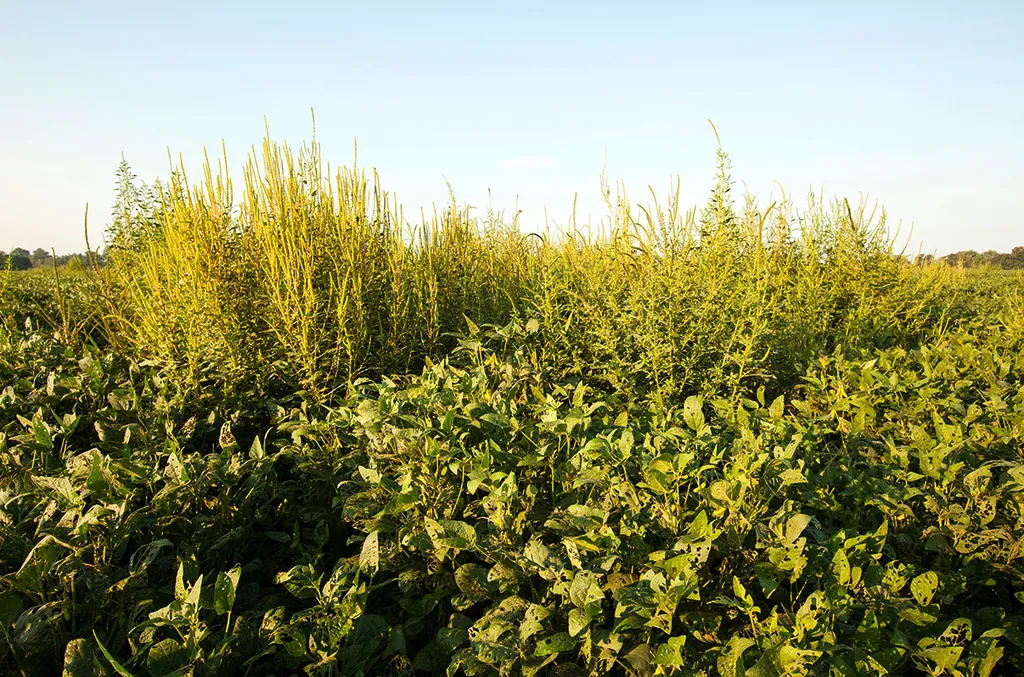In the relentless battle against invasive weeds, scientists have made a significant breakthrough that could reshape how we manage agricultural pests and engineer crop resilience. A recent study published in the journal *Plants* (translated from Chinese as “植物”) has uncovered the role of Acetolactate Synthase (ALS) genes in the stress adaptation of *Amaranthus palmeri*, a notorious weed that wreaks havoc on crops worldwide. Led by Jiao Ren from the MARA Key Laboratory of Sustainable Crop Production in the Middle Reaches of the Yangtze River at Yangtze University, this research offers a fresh perspective on how weeds thrive under stress and how we might harness this knowledge to protect our food supply.
The study identified four ALS genes in *A. palmeri*, all of which showed high conservation of key motifs, indicating their critical role in the plant’s survival mechanisms. “These genes are not just passive bystanders; they actively respond to a variety of stresses, including salt, heat, and osmotic stress, as well as herbicides like glufosinate ammonium and imazethapyr,” Ren explained. This responsiveness suggests that ALS genes play a pivotal role in both immediate and long-term stress adaptation, making them a prime target for understanding and controlling invasive weed species.
One of the most compelling findings was the enhanced resistance to the herbicide imazethapyr observed in an *Arabidopsis thaliana* mutant lacking the ALS gene *AT3G48560*. This mutant retained higher levels of chlorophyll, indicating that the ALS gene is crucial for maintaining photosynthetic function under herbicide stress. The high sequence homology between *AT3G48560* and *ApALS1* in *A. palmeri* suggests a conserved mechanism across plant species, opening new avenues for genetic engineering to improve herbicide tolerance in crops.
The commercial implications of this research are substantial. By understanding the genetic basis of stress adaptation in weeds, agricultural scientists can develop more effective herbicides and strategies to control invasive species. “This research provides a roadmap for targeting ALS genes to disrupt the weed’s ability to adapt to stress, ultimately protecting our crops and ensuring food security,” Ren noted. Additionally, the insights gained could be applied to engineer crops that are more resilient to environmental stresses, reducing losses and increasing yields.
The study also highlights the importance of chloroplast-localized ALS proteins, which are central to the plant’s ability to synthesize branched-chain amino acids. This knowledge could lead to the development of novel herbicides that specifically target these proteins, offering a more precise and sustainable approach to weed management.
As the agricultural industry faces increasing pressure from climate change and invasive species, this research offers a beacon of hope. By unraveling the genetic secrets of *A. palmeri*, scientists are not only advancing our understanding of weed resilience but also paving the way for innovative solutions to protect our food supply. The findings published in *Plants* mark a significant step forward in the ongoing battle against agricultural pests, with far-reaching implications for the future of farming and food security.

